85 F. high temperature in the Twin Cities Thursday.
77 F. average high on June 8.
79 F. maximum temperature on June 8, 2016.
June 9, 2002:
Extensive flash flood begins across northwest Minnesota. 14.55 inches
would fall over the next 48 hours near Lake of the Woods. Floodwaters
cover the city of Roseau. The Roseau River looked like a large lake from
a satellite view.
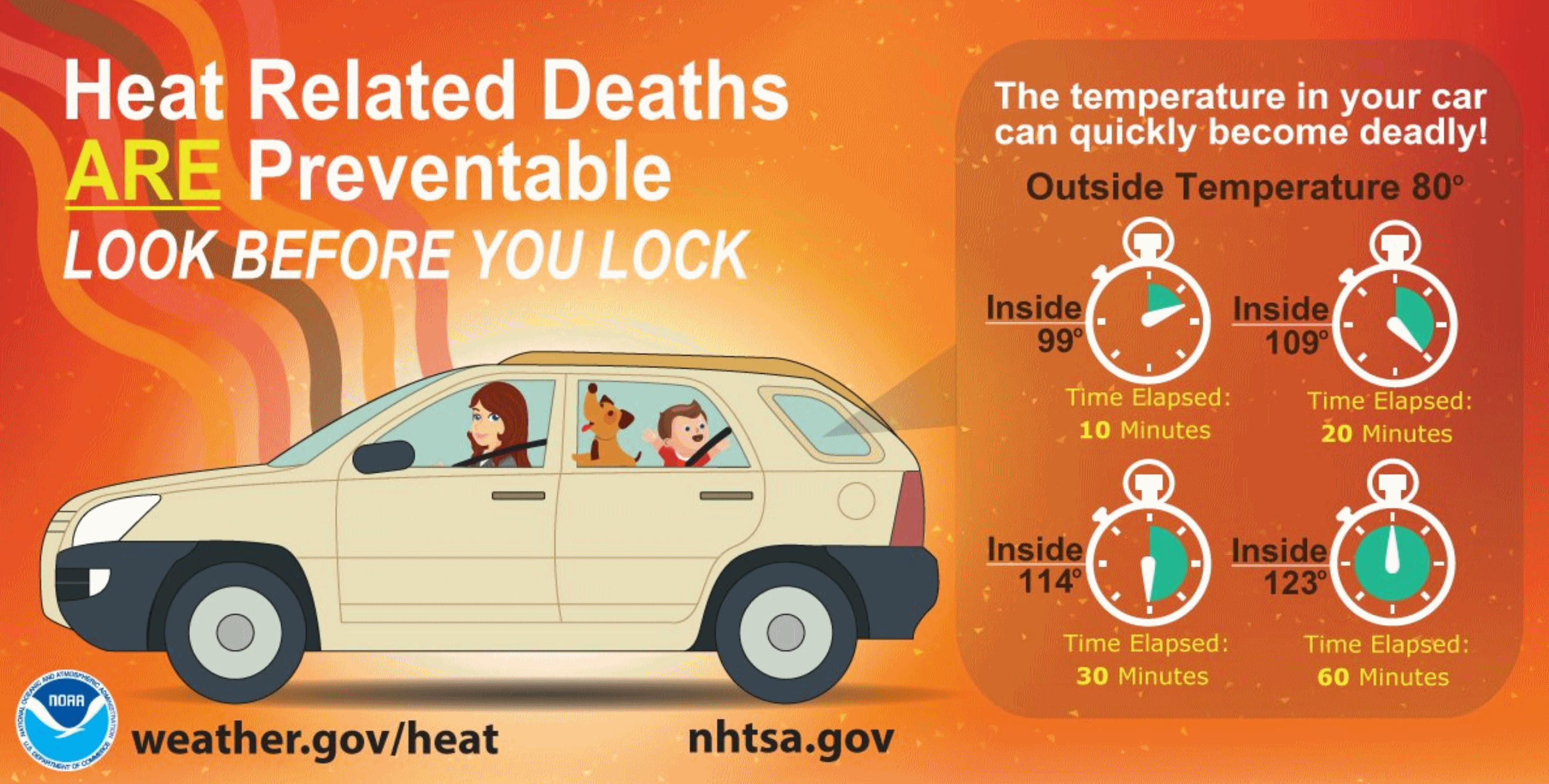 Jungle-Like Heat and Humidity On The Way
Jungle-Like Heat and Humidity On The Way
A
few weeks ago I went out on a (precarious) limb and predicted a slight
cool and wet bias for the summer season. Which reminds me of my favorite
proverb: Man plans - God laughs.
Models suggest frequent blips of
slightly cooler, Canadian air for the northern tier states of the USA
into mid-July, but a memorable heat spike is shaping up for Saturday,
with some 90s spilling into early next week. Not sure we'll set any
record highs, but with mid-90s and a dew point well into the 60s
Saturday afternoon heat indices may exceed 105F.
Keep in mind your
vehicle quickly becomes an oven, a hyper-local greenhouse effect. An
outside temperature of only 80F can translate into 99F after only 10
minutes; 109F within 20 minutes.
T-storms rumble across northern
Minnesota Saturday; a better chance of statewide T-storms by Sunday
keeping temperatures a few degrees cooler. This noisy frontal boundary
surges northward early next week with more 90s and heavy T-storms. I
don't see any noticeable relief until late next week.
Get ready for a hot flash but I'm not yet convinced this is an omen of a searing summer to come.
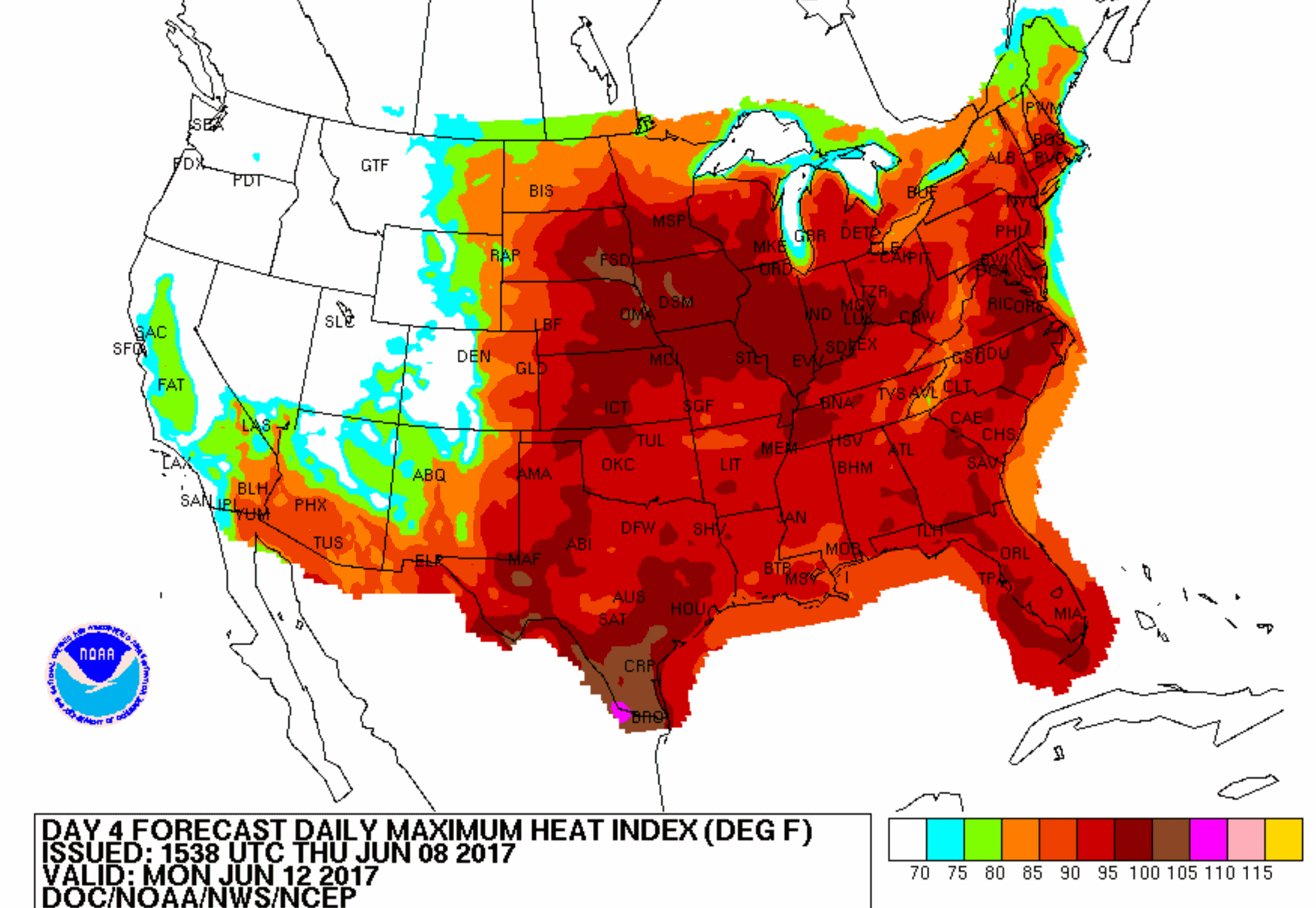 Monday Heat Index
Monday Heat Index.
Heat is forecast to build across the Midwest and Ohio Valley into the
Mid Atlantic and Carolinas by early next week; the combination of heat +
high dew points capable of 100-105F heat indices from Texas to Sioux
Falls and Des Moines, according to
NOAA HPC.
Powerful Storm Brushes Cape Cod.
An unusually intense storm for June will whip up strong winds and high
surf capable of beach erosion for Cape Cod today; more showery rains for
rain-soaked Florida. Meanwhile a heat spike takes aim at the Upper
Midwest by Saturday - a significant warming trend for the eastern USA in
the coming days. 84-hour NAM guidance: NOAA and Tropicaltidbits.com.
Slight Relief Northern USA in 2 Weeks?
At least that's what the GFS model is hinting at, a series of weak cool
fronts taking the edge off the heat from the Twin Cities and Chicago
to Detroit and New England by late June. While the rest of America
fries.
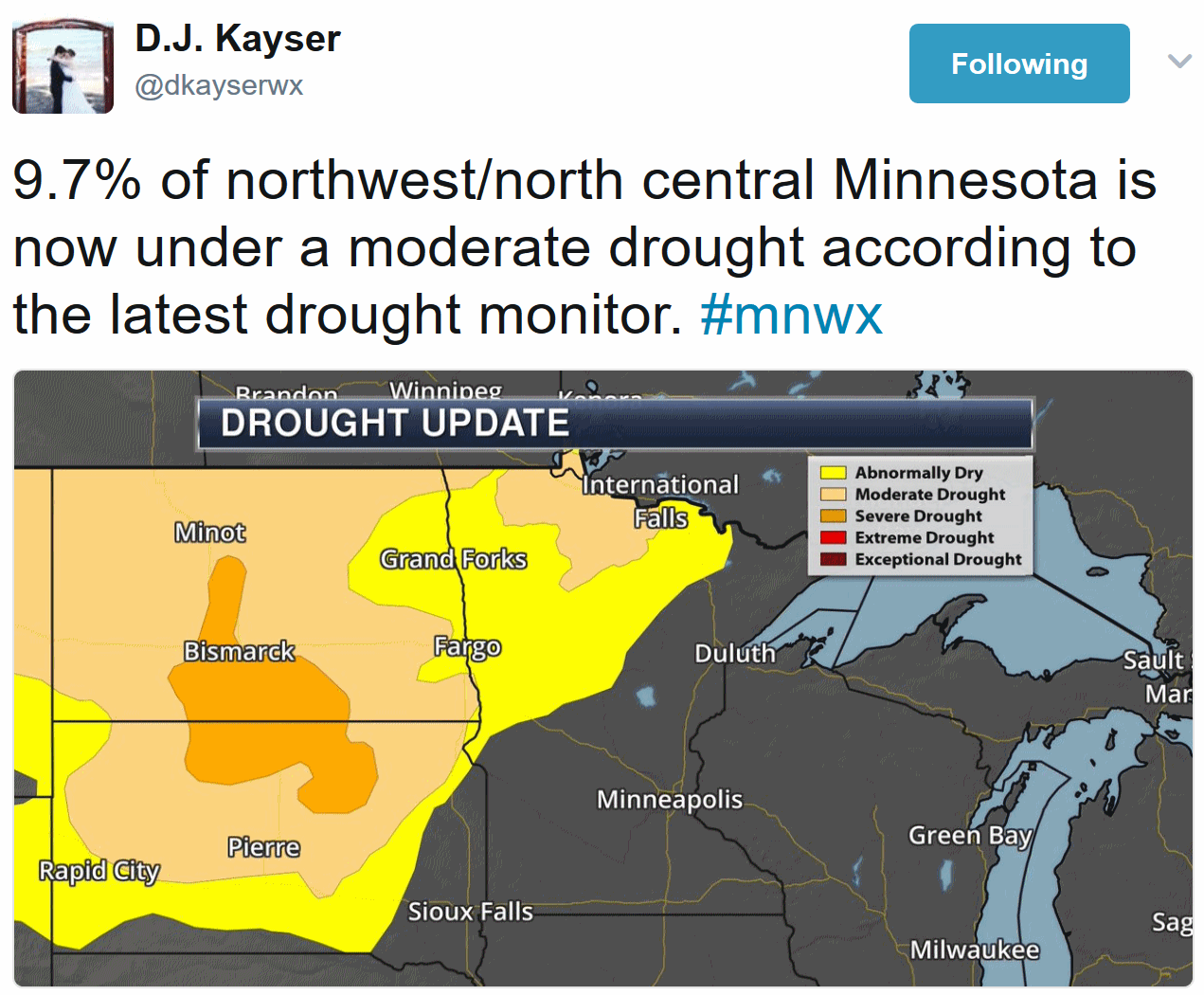
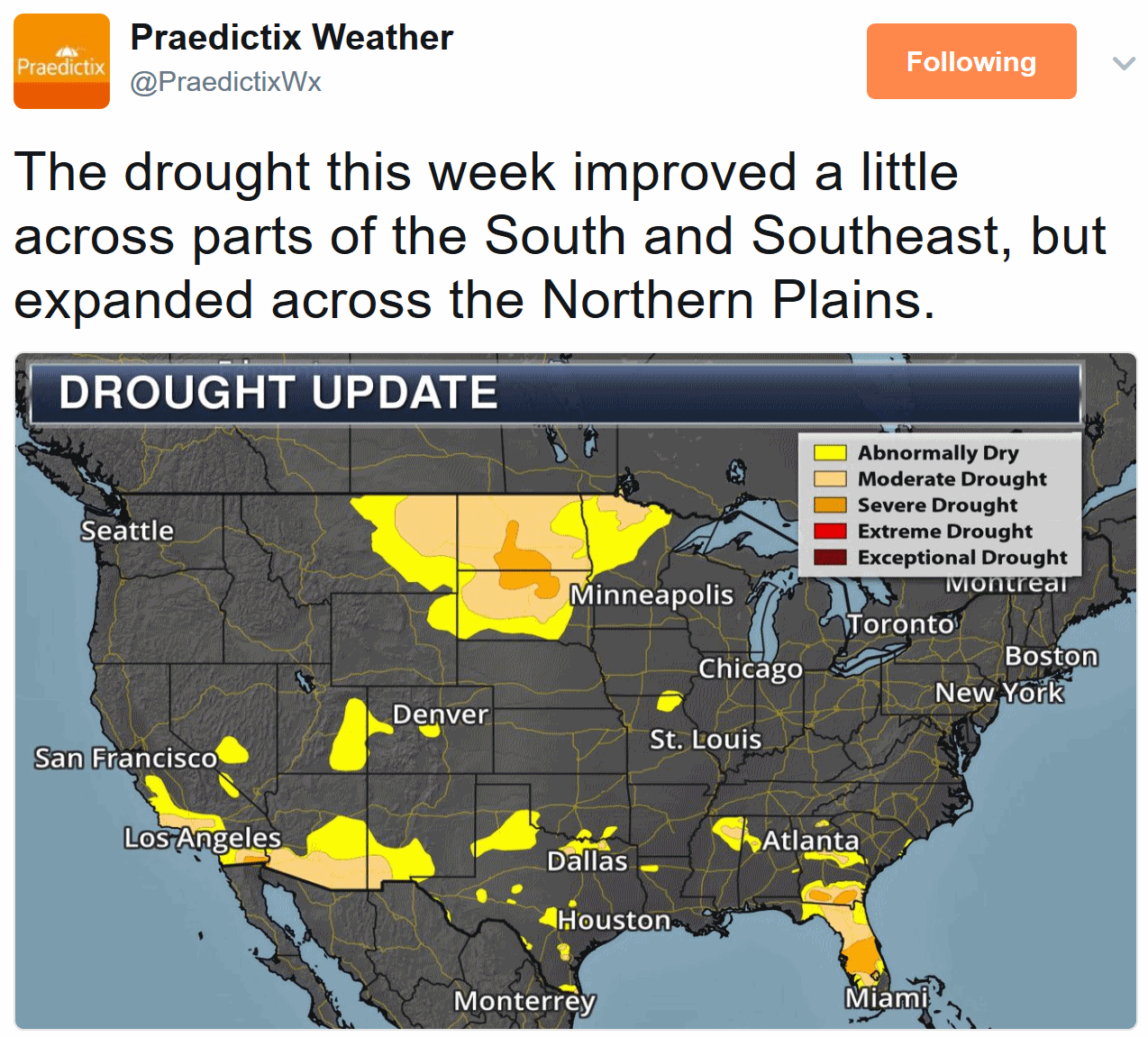
Spring Was 8th Warmest, 11th Wettest. NOAA NCEI has details on spring weather across the USA in relation to a 123 year weather record: "
The spring (March–May) average temperature
for the contiguous U.S. was 53.5°F, 2.6°F above the 20th century
average, driven in large part by warmth during the early and middle part
of the season. Much-above-average spring temperatures were observed in
the Rockies, Southern Plains, Midwest, and Southeast. The May average temperature
for the contiguous U.S. was 60.6°F, 0.4°F above average, and ranked
near the middle of the 123-year period of record. Parts of the West and
Southeast were warmer than average with near- to below-average
temperatures in parts of the central and eastern U.S..."
 Starting Hurricane Season Without Leaders of NOAA and FEMA Should "Scare the Hell Out of Everbody". CNN.com
Starting Hurricane Season Without Leaders of NOAA and FEMA Should "Scare the Hell Out of Everbody". CNN.com has details: "...
The two agencies that protect the country's coast lines and its residents, NOAA and the Federal Emergency Management Agency (FEMA)
are still without leaders -- positions that must be appointed by
President Donald Trump and confirmed by the Senate. "That should scare
the hell out of everybody," retired US Lt. Gen. Russel Honoré told CNN.
"These positions help save lives." Honoré knows all too well the value
that leadership plays during a crisis, as he commanded Joint Task Force
Katrina. He coordinated military relief efforts in the aftermath of
Hurricane Katrina. Lt. Gen. Russel L. Honoré talks to his soldiers at
Camp Shelby, Mississippi, on September 8, 2005. Despite concerns, FEMA
and NOAA say they are prepared for the hurricane season and the
aftermath of any storms that make landfall and cause damage..." (File image of Hurricane Dennis: NASA).
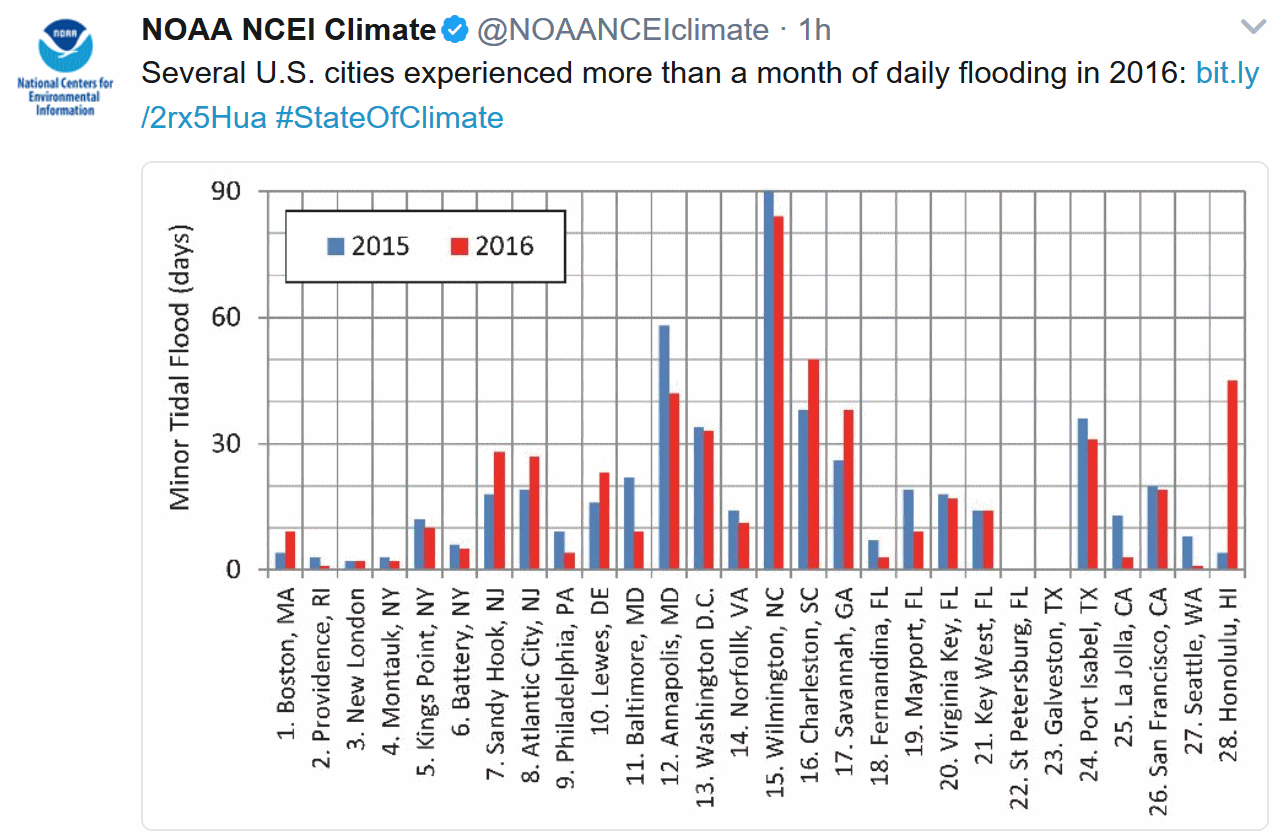 2016 State of U.S. High Tide Flooding.
2016 State of U.S. High Tide Flooding. With slowly rising seas many cities no longer require a major storm for storm surge flooding as reported by
NOAA NCDC: "...
This month's State of the Climate report includes an annual update of the state of coastal high tide flooding. Sometimes called nuisance or sunny day flooding, this type of flooding occurs when water levels measured at a NOAA tide gauges
exceed locally established heights associated with minor impacts, such
as water on low-lying streets or infiltration into storm-water systems.
Such coastal flooding is increasing in frequency, depth and extent in
many areas of the U.S. due to on-going increases in local relative sea
level. Decades ago, coastal flooding mostly occurred during strong
storms. Today, it occurs more frequently during high-tide cycles and
calmer weather. Though high tide flooding today is rarely life
threatening, it is a serious concern in several communities, such as
Norfolk, Virginia, Charleston, South Carolina and Miami, that are not
protected by flood control structures that cities like New Orleans have
in place.
- Several cities experienced more than a
month (30 days) of daily flooding in 2016: Wilmington, NC (84 days);
Charleston, SC (50 days); Honolulu, HI (45 days); Annapolis, MD (42
days); Savannah, GA (38 days); Washington D.C. (33 days); and Port
Isabel, TX (31 days) due to a combination of low-lying coastal
topography and high sea levels during 2016..."
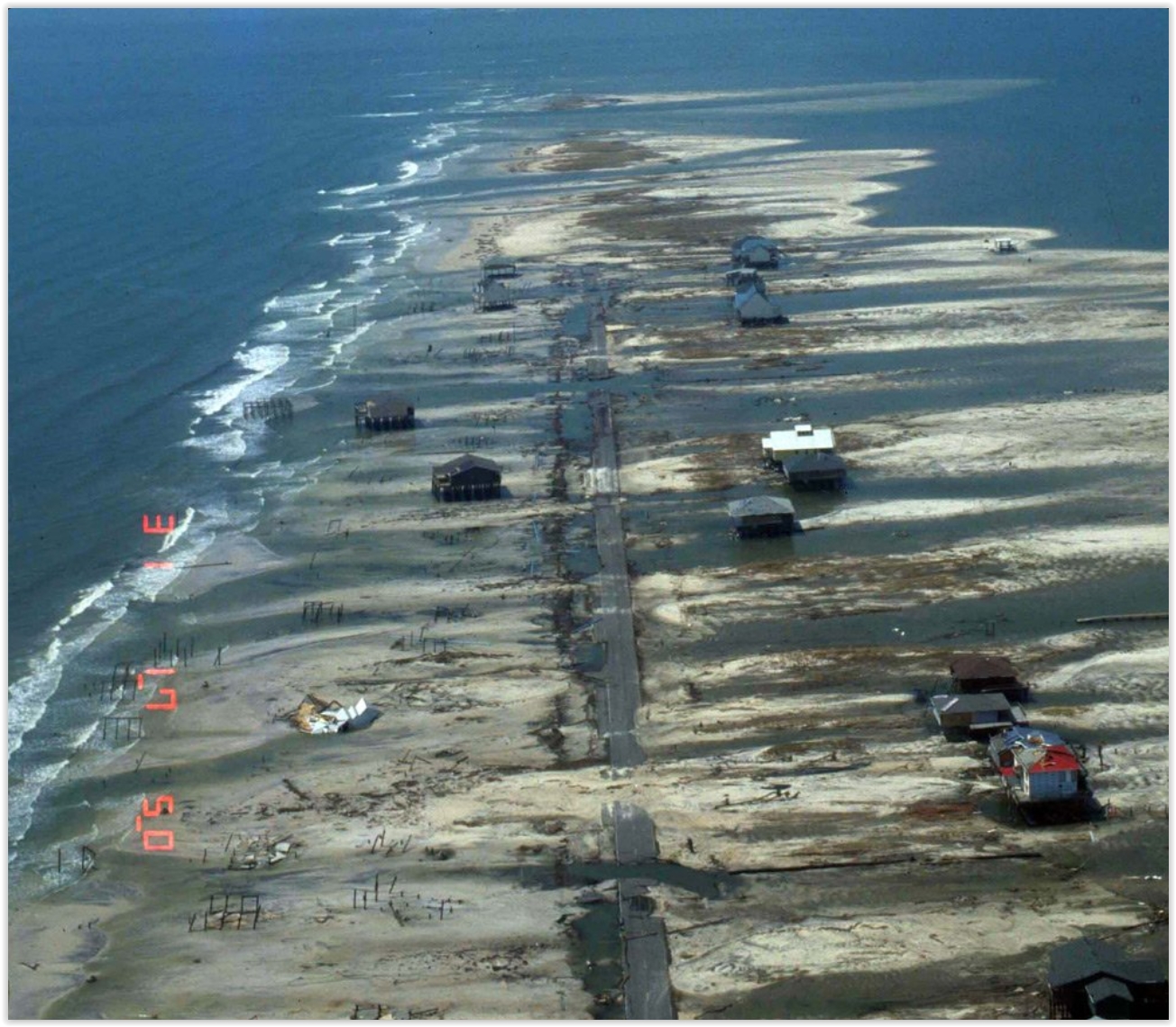 Rare U.S. Floods To Become the Norm If Emissions Aren't Cut, Study Warns
Rare U.S. Floods To Become the Norm If Emissions Aren't Cut, Study Warns. Following up on the NOAA report above, here's a clip from
The Guardian: "
US
coastal areas are set to be deluged by far more frequent and severe
flooding events if greenhouse gas emissions aren’t slashed, with rare
floods becoming the norm for places such as New York City, Seattle and
San Diego, new research has found. The study,
undertaken by researchers from Princeton and Rutgers universities,
found that along all of the US coastline, the average risk of a 100-year
flood will increase 40-fold by 2050. Such floods are statistically
expected to occur only once every 100 years because of their severity,
although this doesn’t mean these sort of floods never happen in
consecutive years. The annual chance of such a flood is around 1%..."
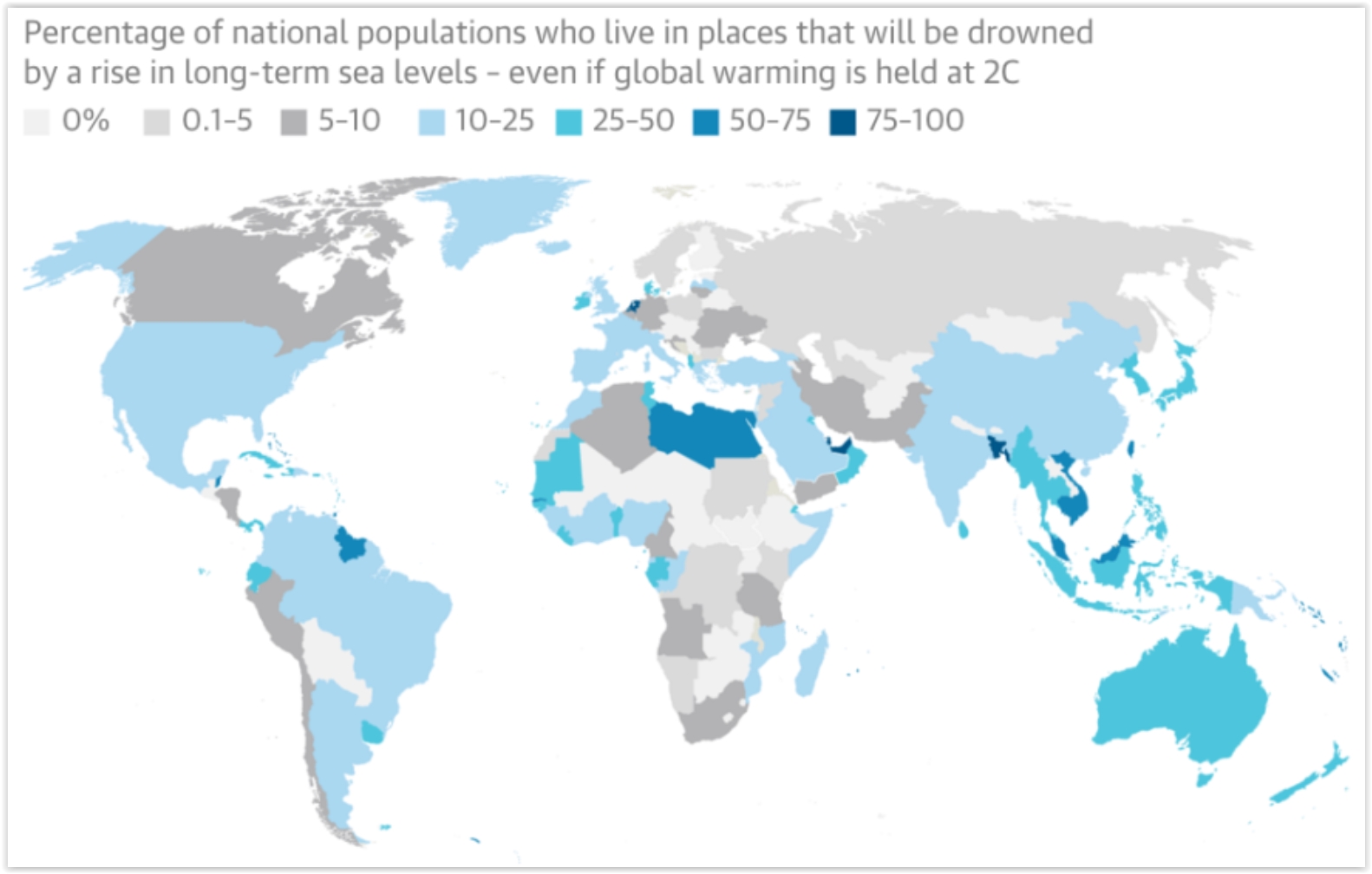 U.S. Coastal Cities Will Flood More Often and More Severely, Study Warns
U.S. Coastal Cities Will Flood More Often and More Severely, Study Warns. More perspective at
InsideClimate News: "...
Oppenheimer
says he's most concerned about chronic, but less-extreme flooding along
the East Coast, including the south shore of New York's Long Island,
the low country around Charleston, S.C., and south Florida, where tidal
flooding already has become an everyday occurrence. "These areas have
terrain that's gently sloped," Oppenheimer said. "South Florida is
really in trouble. Not only are they having a lot of nuisance flooding,
but they sit on limestone, which makes it extremely difficult to build
coastal defenses. These places really have to get on the ball and decide
what they have to protect." But adapting for the risk takes time,
political will and money..."
Map credit: Nature Climate Change.
Science Says: Weather Forecasts Improve, Under the Radar. It's far from perfect, but the weather forecast continues to improve over time, according to new data highlighted in an
Associated Press story: "
Make
fun of the weatherman if you want but modern forecasts have quietly, by
degrees, become much better. Meteorologists are now as good with their
five-day forecasts as they were with their three-day forecasts in 2005.
Both government and private weather forecasting companies are
approaching the point where they get tomorrow’s high temperature right
nearly 80 percent of the time. It was 66 percent 11 years ago, according
to ForecastWatch , a private firm that rates accuracy of weather forecasts..."
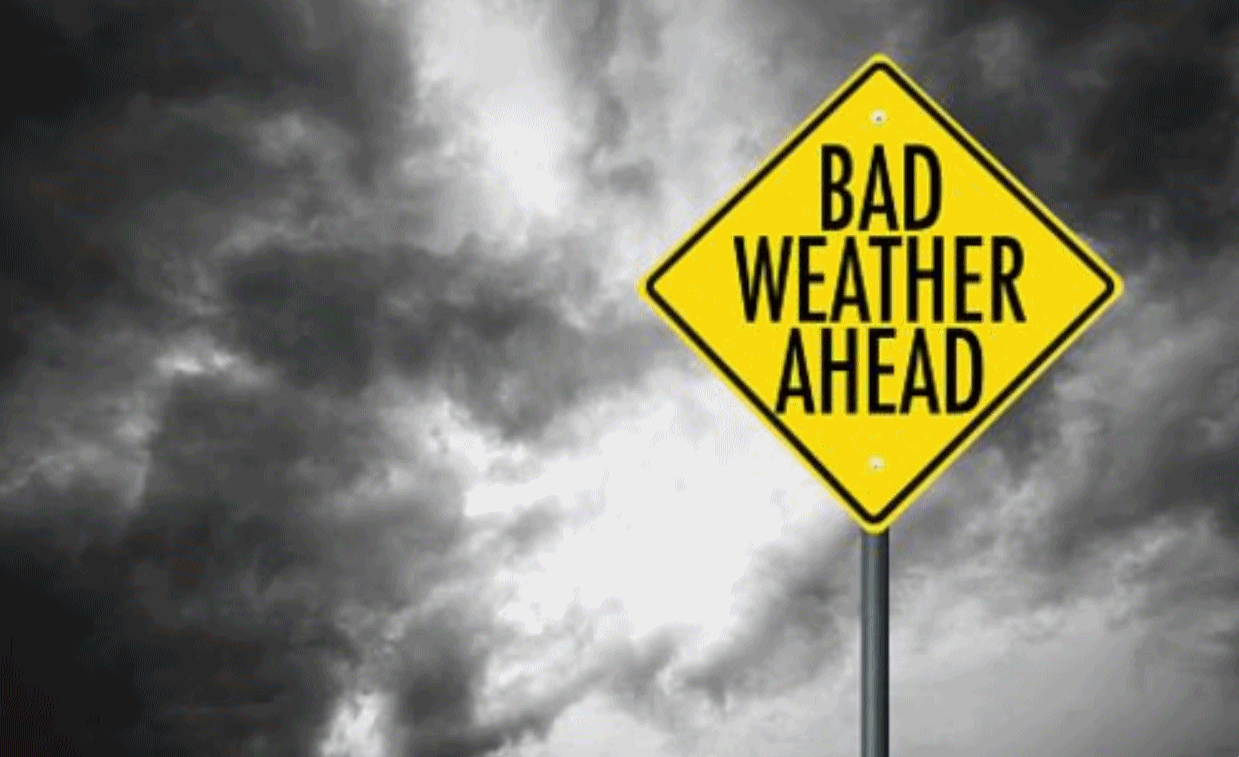 Report: National Weather Service Meteorologists "Fatigued" and "Demoralized" by Understaffing
Report: National Weather Service Meteorologists "Fatigued" and "Demoralized" by Understaffing. Just in case you missed this from Angela Fritz at
Capital Weather Gang: "
The employees of the National Weather Service are demoralized, according to a recent report
by the Government Accountability Office. They are understaffed and
spread thin, covering shifts and positions beyond what they were hired
to fill. The weather never sleeps, and apparently neither does the
Weather Service. Between 2014 and 2016, the number of vacant
staff meteorologist positions increased 57 percent. In the same time,
management vacancies decreased by 29 percent.
The mission of the Weather Service — to protect lives and property — is
critical, so the employees are completing the tasks. But it comes at a
cost. The GAO used some pretty gloomy language to describe the
employees’ current state of mind..."
D-Day Anniversary: How the Weather Forecast Changed the Tide of War.
A brief (slight) break in a raging storm was correctly predicted by the
Allies, ultimately giving the D-Day invasion the green light. Hitler's
meteorologists didn't see any break in the weather, which added to the
element of surprise. AccuWeather has a good recap; here's an excerpt: "...At
the last minute, following Stagg’s advice and the other British
forecasters’, Eisenhower postponed the invasion. “June 5 becomes quickly
off the table because of a terrible storm that is coming in and it’s
going to make any invasion basically impossible,” McManus said. “So, Ike
has to postpone it a day and then he has to sift through dozens of
weather reports to ultimately decide on June 6 as a kind of an opening
in the system that allows weather that’s at least good enough, while
nowhere near ideal.” German forecasters also predicted the hostile
weather conditions; however, they did not expect the high winds or rough
seas to weaken until mid-June. The German forecasters did not have the
same amount of forecast information as the Allied forces. The German
Navy had few remaining vessels in the Atlantic and their weather
stations in Greenland had been closed down, according to MET. This would prove folly, as many Nazi commanders left their defenses..."
Photo credit: "
Army
troops wade ashore on "Omaha" Beach during the "D-Day" landings, June
6, 1944. They were brought to the beach by a Coast Guard manned LCVP." (Photo/U.S. National Archives).
The Forecast for D-Day and the Weatherman Behind Ike's Greatest Gamble. James Martin Stagg. Not exactly a household name in the USA. But he should be. A fascinating article at
HuffPost explains what may be the most consequential weather forecast in history: "...
When
Royal Navy and Met Office forecasters predicted stormy weather for the
date originally set for D-day, USSTAF meteorologists adamantly
disagreed. Circumventing Stagg, they pressed their case with General
Carl Spaatz, U.S. Army Air Force commander in England, who attempted to
bring their views to Ike’s attention. Had Ike listened to his
countrymen’s predictions and launched D-day on June 5, it would have
failed with catastrophic consequences for the Western Allies and world
history. Instead, he held the invasion in abeyance for 24 hours, and as
rain and high wind pounded his advanced headquarters on the night of
June 4, just as Stagg had predicted, he listened to his chief
meteorologist report that the weather would clear, and gave the word to
“go” for June 6, 1944." (File image:
army.mil).
Mapping Man-Made Fracking-Related Quake Risk Across the USA. Here's an excerpt of a press release from
Risk Management Solutions: "...
A
key insight of the updated RMS model is that it captures what is now
understood to be the potential for larger and more correlated seismic
events in California, as well as new views of risk across all the
regions of the U.S. The model now includes induced seismicity, making it
the first available tool on the market for analyzing property risks
from man-made earthquakes across Oklahoma, Kansas, Ohio, Arkansas,
Texas, Colorado, New Mexico and Alabama. This functionality will allow
clients of RMS to consider risks from earthquakes linked to oil and gas
extraction..."
How to Fall To Your Death and Live to Tell the Tale.
It's not the snow and ice - it's the slipping, sliding and falling that
strikes fear into people, especially older Americans. Here's an excerpt
of an eye-opening story at Mosaic: "...Falls
are one of life’s great overlooked perils. We fear terror attacks,
shark bites, Ebola outbreaks and other minutely remote dangers, yet over
420,000 people die worldwide each year after falling. Falls are the
second leading cause of death by injury, after car accidents. In the
United States, falls cause 32,000 fatalities a year (more than four
times the number caused by drowning or fires combined). Nearly three
times as many people die in the US after falling as are murdered by
firearms. Falls are even more significant as a cause of injury. More
patients go to emergency rooms in the US after falling than from any
other form of mishap, according to the Centers for Disease Control and
Prevention (CDC), nearly triple the number injured by car accidents. The
cost is enormous..."
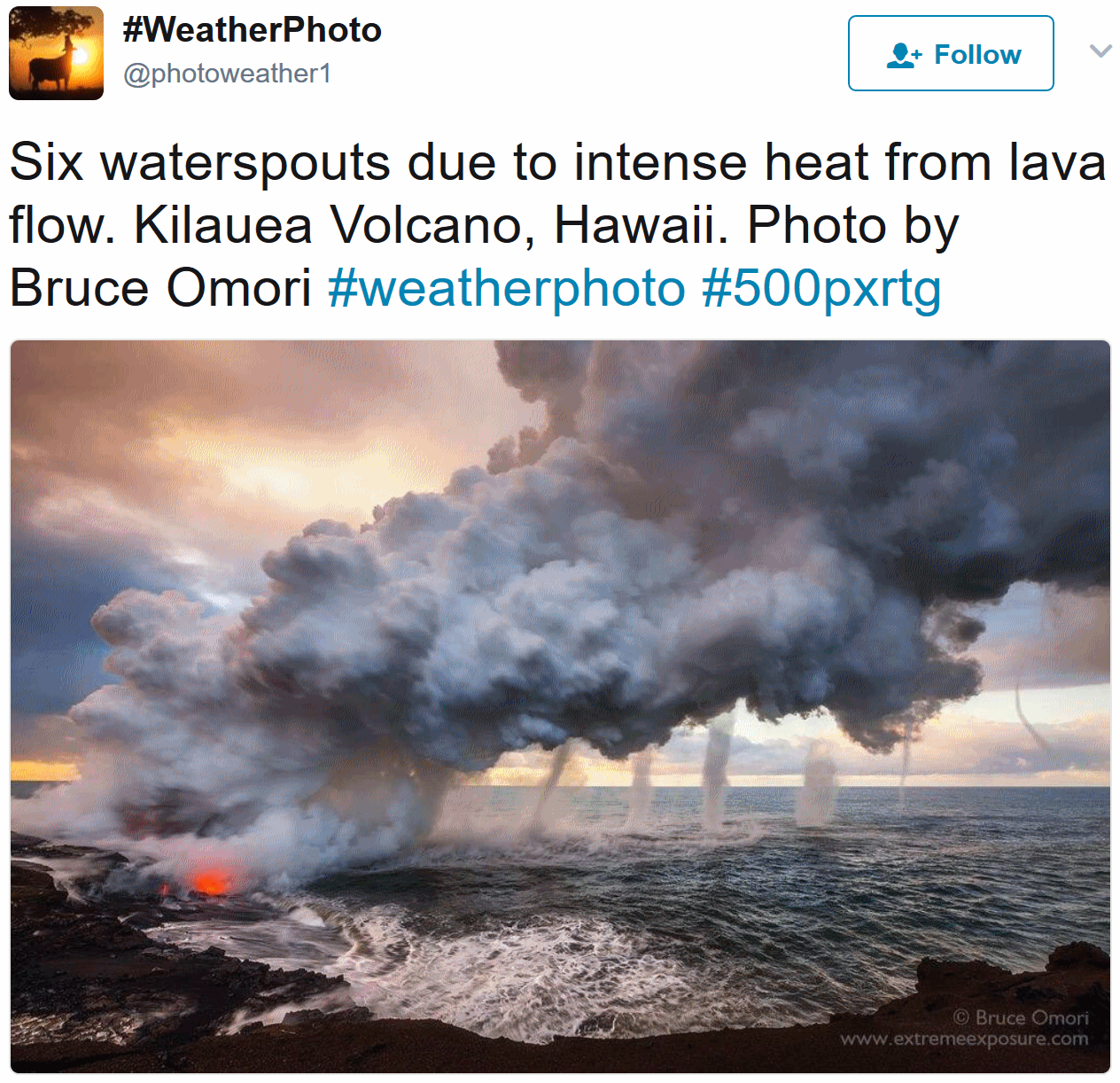

TODAY: Sunny, very warm. Winds: SE 5-10. High: 86
FRIDAY NIGHT: Mild and sticky. Low: 69
SATURDAY: Sunny and windy. Feels like 100F+ Winds: SW 10-20. High: 96 Heat Index: 105+
SUNDAY: Humid, locally heavy T-storms. Winds: E 10-15. Wake-up: 68. High: 87
MONDAY: Sticky sunshine, stray T-storm. Winds: SE 5-10. Wake-up: 69. High: 91
TUESDAY: Sizzling sun, T-storms flare up late. Winds: S 10-20. Wake-up: 73. High: 94
WEDNESDAY: Lingering T-storms, still very humid. Winds: W 8-13. Wake-up: 71. High: 88
THURSDAY: More sun, slight drop in dew point. Winds: W 10-15. Wake-up: 67. High: 89
Climate Stories...
Extreme Warmth Has Dominated U.S. Weather Records Since 2010.
This Is Climate Change. Jason Samenow reports at
Capital Weather Gang: "
If
it seems as if America’s record heat is in the news much more so than
record cold in recent years, it is not a media conspiracy to ignore
extremely cold weather. There is a simple and scientifically sound
reason for it: Record warmth is happening much more often. Record-warm
weather has occurred five times as frequently as record cold in U.S.
cities since 2010, according to a new analysis. The imbalance represents
a striking example of climate change affecting the nation’s extreme
weather in a clear and tangible way..."
Map credit:
"Temperature difference from normal over Lower 48, January to April 2017." (NOAA).
A Farm Journalist Tells Farmers What They'd Rather Not Hear About Climate Change.
The farmers I've talked to may not want to mention "climate change",
but almost to a person they describe big changes in their fields over
the last generation. Here's a clip from NPR: "...Clayton is a Midwesterner and agricultural policy editor at DTN/The Progressive Farmer. He's also the author of The Elephant in the Cornfield: The Politics of Agriculture and Climate Change,
which describes in detail how farmers and farm lobbyists have dealt —
or, more often, refused to deal — with a changing climate. It has
sometimes put Clayton in an awkward spot, as he acknowledged when I
reached him this week in his office in Omaha, Neb. Does it make you nervous, as a reporter at a farm publication, talking about climate change?
All the time. I feel like the guy who has to tell people things they
don't want to hear. But if I simply ignore the topic or ignore the
issues, am I doing anybody any favors?..."
Photo credit: "
Journalist
Chris Clayton writes for an audience filled with climate skeptics:
farmers and leaders of agricultural businesses. He's telling them that a
changing climate will disrupt their lives.
" Courtesy of Chris Clayton.
Military Still Fretting Climate Change Despite Trump's Global Actions. Federal News Radio has details: "...The
Defense Department is revising its unified facilities code to adjust to
climate change issues. In addition, the Navy is writing into its
policies and construction code that all new buildings take into account
the possibility of sea level rise, said Deputy Chief of Naval Operations
for Fleet Readiness and Logistics Vice. Adm. Dixon Smith during the
June 6 hearing. “We are taking sea level rise into consideration in our
projects. We started this a few years ago as we realized it is changing.
So now whenever we design any project that’s within the 100 year flood
plain we look at it and analyze ‘Do we need to make adjustments to a
standard project to accommodate for [sea level rise],’ said Smith said.
Dixon said the Navy’s fueling depot on Craney Island in Norfolk,
Virginia was built 10 feet higher to account for climate change effects..." (File image: AP).
Climate Change is Here to Stay - So Deal With It.
We're already dealing with it - and there's no question that adaptation
has to be part of the equation. Here's an excerpt from Axios: "Everyone
who wants to keep pushing climate policies in the vacuum of Washington
leadership should start thinking more about how to adapt to a warmer
world instead of focusing most political will on ways to stop it. Why it
matters: The chances of reversing climate change are slim regardless of
U.S. involvement in the Paris agreement. Countries, companies, U.S.
states and cities and non-governmental organizations pursuing policies
to address climate change should refocus their high-level political
efforts on ways to prepare for the impacts that are already here and
those still to come..."
Graphic credit: Lazaro Gamio / Axios.
Unfriendly Climate. Kudos
to climate scientists (and evangelical Christian) Katharine Hayhoe for
swimming upstream and trying to frame climate volatility in a way that
resonates with a more conservative audience. Here's a clip from
Texas Monthly: "...
But
the most revealing part of her talk centered on why Christians should
care about climate change. To lead into this subject, Hayhoe flipped to a
slide with a quote from John Holdren, President Obama’s science
adviser: “We basically have three choices: mitigation, adaptation, or
suffering. We’re going to do some of each. The question is what the mix
is going to be. The more mitigation we do, the less adaptation will be
required and the less suffering there will be.” Suffering, Hayhoe said,
is not a word often deployed by scientists. “As scientists we don’t know
a lot about suffering, but as Christians we do. And we know that part
of the reason we’re here in this world is to help people who are
suffering.” And that suffering will not be meted out proportionally: if
global warming continues unchecked, the poor—whether they’re in
Houston’s Fifth Ward or in low-lying areas of Bangladesh—who have
contributed least to carbon emissions will feel the most pain, from
enduring more-intense heat waves to paying the higher food prices that
will accompany failed crops..."
Photo credit:
Randal Ford.
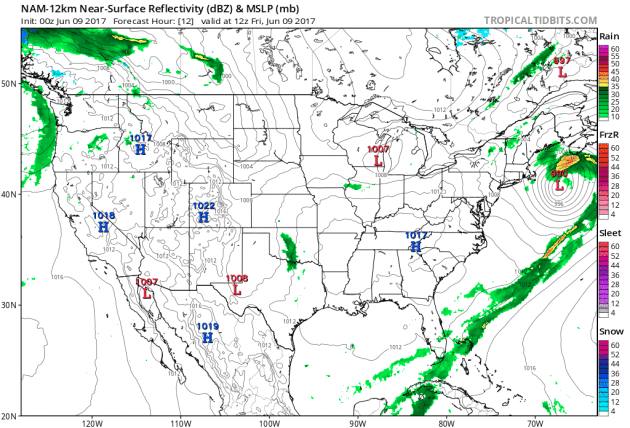
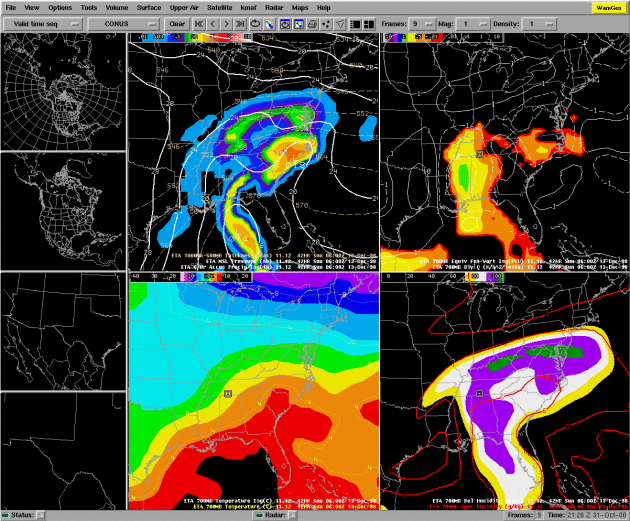

No comments:
Post a Comment